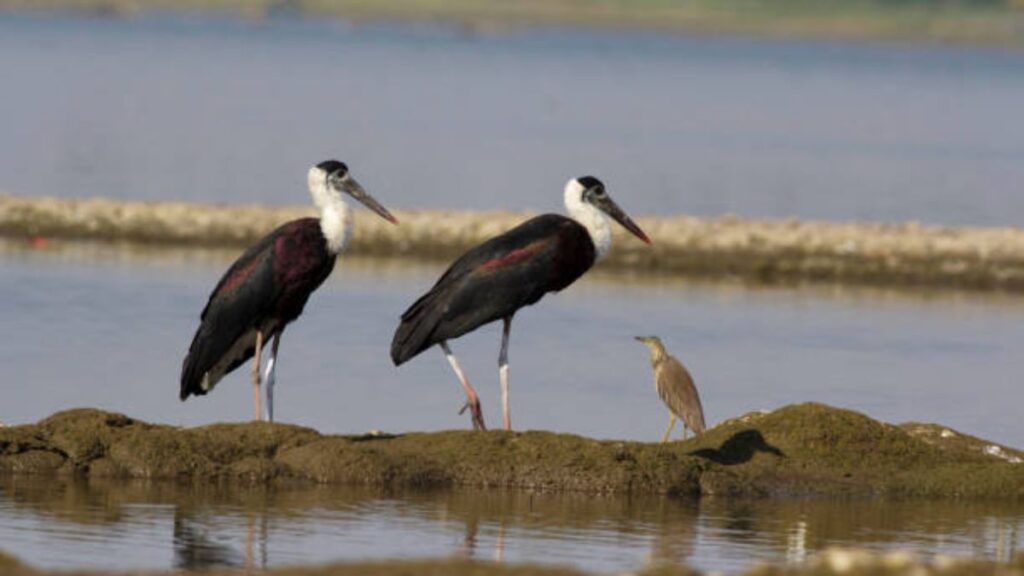Pune: Decline in Migratory Bird Sightings Linked to Rising Temperatures, Say Bird Watchers

Pune, known for its favorable climate and natural habitats, has long been a popular stopover for migratory bird species. However, bird watchers in the city are reporting a significant decline in sightings this year, attributing the trend to rising temperatures and an early onset of summer.
According to Ranjeet Rane, a city-based bird watcher and coordinator of the Great Backyard Bird Count initiative, the above-normal temperatures recorded since January have led to an early departure of migratory birds. “Birds are leaving early this year, likely due to the rising temperatures. While this cannot yet be established as a long-term trend, the pattern is evident,” said Rane. He emphasized that the reduction in both the number of species and individual bird counts this winter is a cause for concern, as it may indicate habitat degradation.
Popular bird-watching spots like Vetal Tekdi have seen a noticeable decline in species such as Sandpipers and Larks. Similarly, Bhigwan, a renowned stopover for migratory birds, has witnessed an early departure of species, particularly ducks. Wildlife photographer Sandeep Nagare noted, “The rise in temperature is likely influencing the early departure of birds from Ujani Dam and nearby water bodies. Some species may be shifting to areas with sufficient water levels, but the trend is concerning.”
The impact of rising temperatures is not limited to birds. Butterfly species in Pune are also facing challenges, with their activities restricted due to higher-than-normal temperatures. Rajat Joshi, a butterfly researcher, observed that the ideal temperature for butterflies is 30-31°C, but February saw temperatures soaring to 35°C, affecting their egg-laying processes.
Tushar Chavan, deputy conservator of forests (wildlife), Pune forest department, highlighted that climate change is a global issue impacting migratory patterns. “Research shows that migratory birds are adapting to climate change, resulting in early arrivals and departures,” he said.
The decline in migratory bird sightings underscores the urgent need for citizens, urban planners, and policymakers to address habitat degradation and climate change.




